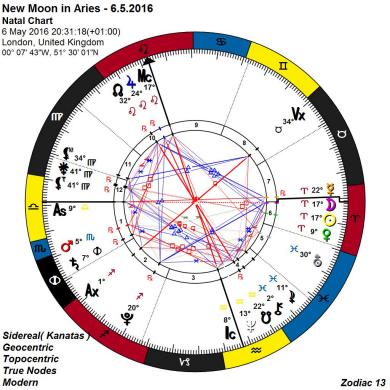

In the case of the Inca, each season was accompanied by “dark constellations”: constellations formed from the dark clouds in the Milky Way, not from stars (Gullberg et al., 2020 e.g., Figure 1).

In particular, the Chinese and the Inca both grouped their constellations according to the four seasons. Observations of the skyscape and celestial patterns have always been exchanged among people of various cultures. As we invented languages and symbols, we learned to exchange knowledge and communicate with others of our species. However, humans are also social animals and love to exchange. Several network analysis studies have shown that the stellar patterns were grouped in similar ways all over the Earth (Bucur 2021, 2022 Kemp et al., 2022). The effect of human cognition that makes us see patterns in arbitrary configurations (like clouds, mountain chains, or stars) is studied by gestalt psychology. The images interpreted by cultural groups from patterns of stars depend on the natural environment and cultural habits: only people who have seen emus can interpret such a bird in an arbitrary pattern in the sky. For the Inuit in the far north, this was the prediction of the return of the Sun for the Egyptians, it was the flood of the Nile for the Babylonians and others in the monsoon zone, it was the predominant direction of the wind and for the Aboriginal Australians, it was the emu’s breeding cycle. They developed astronomical methods for navigation in space and time, in particular, to determine their calendars: to measure equinoxes and solstices and to predict the seasonal behaviour of nature. Therefore, all cultures have long traditions of using astronomy as a tool of survival. Ancient peoples noticed that the rising and setting points of the Sun and the Moon, as well as the visibility of stars, change throughout the year.

Ever since people first wandered the Earth, great significance has been given to objects seen in the sky.


 0 kommentar(er)
0 kommentar(er)
